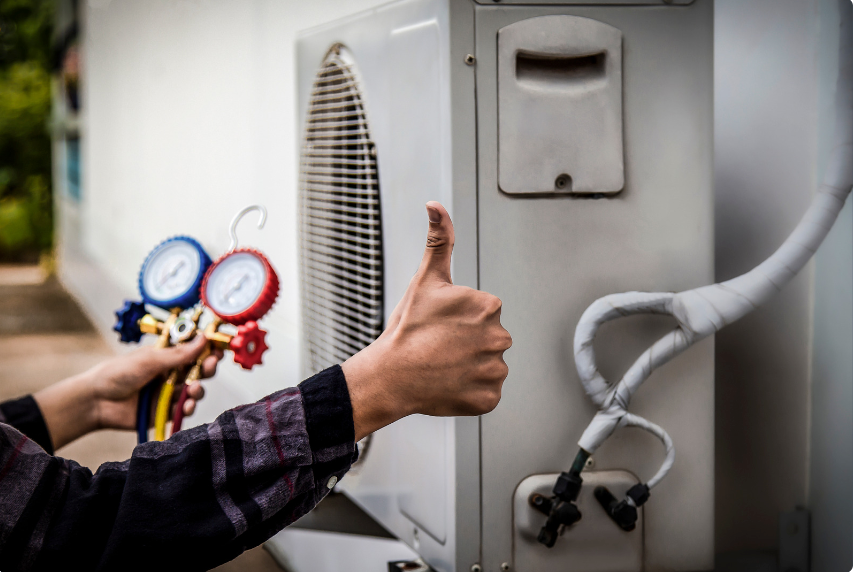321-245-1400
321-245-1400

The HVAC industry is undergoing significant changes due to new refrigerant regulations aimed at reducing environmental impact. These regulations target high-GWP (Global Warming Potential) refrigerants and promote the adoption of more sustainable alternatives. Understanding these changes is crucial for manufacturers, service providers, and consumers.
Global Warming Potential (GWP) is an important metric used to compare the environmental impact of different refrigerants based on their ability to trap heat in the atmosphere over a specific period, typically on a scale of 100 years. GWP is measured relative to carbon dioxide (CO₂), which sits at a GWP of 1. For instance, a refrigerant with a GWP of 2,088, like R-410A, means it has 2,088 times the heat-trapping potential of CO₂ over the same time frame. This metric helps scientists and policymakers assess the long-term effects of various substances on global warming and make informed decisions about which refrigerants to phase out and which eco-friendly alternatives to adopt. Lower GWP values indicate a lesser impact on climate change, making it a critical factor in selecting sustainable refrigerants for HVAC systems.
The Environmental Protection Agency (EPA) implements a structured and gradual phase-out plan for high-GWP refrigerants to mitigate their impact on climate change. This process involves setting specific deadlines by which manufacturers must stop producing and using certain high-GWP refrigerants in new HVAC systems. For instance, the phase-out of R-410A, a common refrigerant with a high GWP, is scheduled over the next several years, providing ample time for the industry to transition commercial and residential HVACs to lower-GWP alternatives. The EPA collaborates with industry stakeholders to ensure that the transition is manageable and that there is a sufficient supply of eco-friendly refrigerants by utilizing a phased approach. This method ensures technological advancements, workforce training, and adjustments in manufacturing processes can accommodate the new refrigerants.
For commercial and residential HVAC systems, the EPA's phase-out of high-GWP refrigerants means significant changes regarding how cooling and heating systems are designed, manufactured, and maintained. In the residential sector, homeowners should consider the type of refrigerant used in new air conditioning units when replacing old systems by opting for models that utilize low-GWP alternatives like R-32 or R-454B. These options reduce environmental impact while also offering improved energy efficiency. In the commercial sector, businesses will face similar transitions, with an additional emphasis on retrofitting existing systems to comply with new standards. Overall, the phase-out fosters a shift towards more sustainable HVAC solutions, promoting long-term environmental benefits and regulatory compliance.
As the HVAC industry transitions away from high-GWP refrigerants, utilizing HVAC recycling companies and services to recycle outdated refrigerants can help prolong the lifespan of existing systems. Eco-Care is committed to supporting this transition by continuing to sell and recycle R-410A refrigerant. Recycling refrigerants ensures customers with older systems can maintain their current equipment while planning for future upgrades. By providing a reliable supply of recycled R-410A, Eco-Care allows homeowners and businesses to manage their budgets effectively and schedule replacements at their convenience. This practice not only aids in meeting regulatory compliance but also promotes environmental responsibility by reducing the demand for newly produced high-GWP refrigerants and allows supply to keep up with demand for the new environmentally friendly, low-GWP options.
The shift to new refrigerant regulations represents a significant step towards reducing the environmental impact of HVAC systems. Staying informed about these changes helps manufacturers, service providers, and consumers make better choices that benefit the environment while managing the phase-out overall.
For more detailed information, visit the EPA's webpage on acceptable refrigerants.